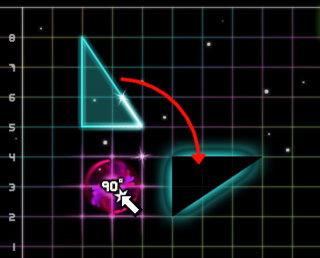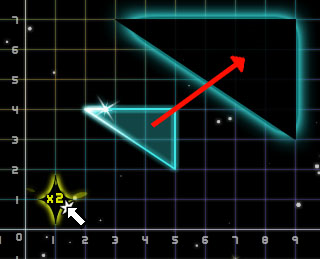Learn Transformation Geometry with Mangahigh's 'Transtar'
Geometry is a foundational pillar in the math curriculum, integral to developing critical thinking and spatial reasoning skills. Among its branches, transformation geometry stands out for its real-world applications and for fostering a deeper understanding of space and shape. Yet, despite its importance, it's an area where many students find themselves tangled in misconceptions and errors.
The heart of transformation geometry lies in its four main actions: rotations, translations, reflections, and dilations. These concepts are not just abstract theories but are essential for interpreting and navigating the physical world. However, the leap from theoretical to practical can be a stumbling block for learners. Common errors emerge, such as mixing up translations with reflections, misunderstanding congruence, or failing to identify symmetrical figures. These are not mere academic hurdles; they reflect deeper misunderstandings of geometry's fundamental principles.
Why do these misunderstandings arise? Often, they stem from a shaky foundation in basic geometric concepts - for example angles, lines and shapes; and an overemphasis on rote memorization. Mangahigh's games like 'A Tangled Web' and 'Pyramid Panic' can help with developing these foundational skills in angles, lines and shapes. When students memorize without understanding, they miss the 'why' and 'how' behind the formulas, leading to fragile knowledge that easily crumbles when tested.
The challenge for educators, then, is to transform these misunderstandings into opportunities for deep learning. This requires innovative teaching tools that go beyond traditional lectures and textbooks. Enter Mangahigh's 'Transtar,' a game-changing educational game that immerses students in the world of transformation geometry.
'Transtar' is not just a game; it's a journey into the heart of geometry. By navigating through levels that intricately involve rotations, translations, reflections, and dilations, students can visually and interactively engage with concepts that were previously just scribbles on paper. This practical experience solidifies their understanding and helps correct misconceptions in a fun, engaging manner.

The beauty of 'Transtar' lies in its approach to learning: it's intuitive, exploratory, and deeply engaging. As students move shapes and watch transformations unfold in real-time, geometry becomes more than abstract concepts—it becomes a tangible, interactive experience. This not only aids in correcting misconceptions but also ignites a genuine interest in the subject.
Incorporating 'Transtar' into the curriculum offers a multifaceted approach to learning transformation geometry. It allows students to learn through action, applying their knowledge in simulated environments that reflect real-world scenarios. This method proves far more effective than traditional memorization, as it builds a robust, practical understanding of geometric principles.

As educators strive to navigate the challenges of teaching transformation geometry, tools like Mangahigh's 'Transtar' offer a beacon of hope. By transforming abstract concepts into interactive learning experiences, 'Transtar' helps demystify geometry for students, turning potential obstacles into opportunities for growth and discovery. In the ever-evolving landscape of education, embracing innovative solutions like 'Transtar' could well be the key to unlocking the full potential of our future mathematicians.
